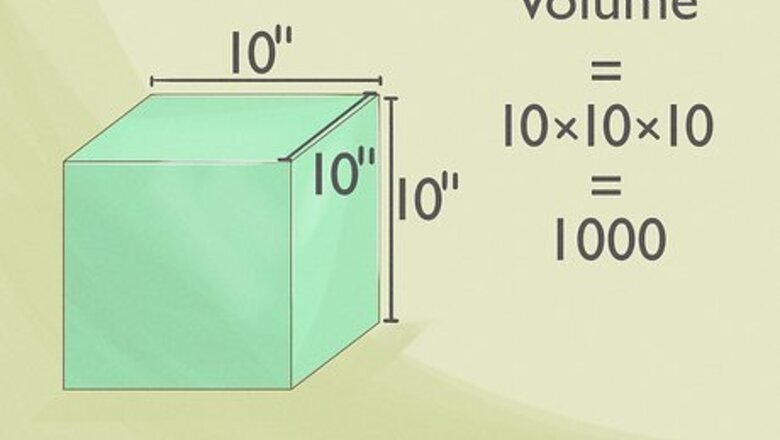
views
Finding the Weight Through the Volume
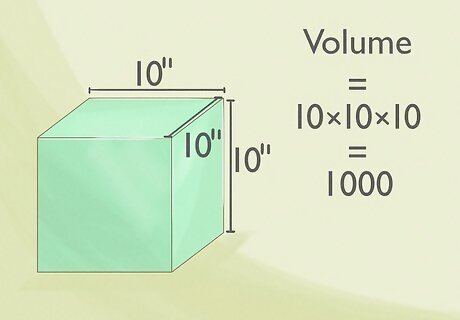
Figure out the volume of the object. Let's say you have a cube with a dimension of 10x10x10. The volume would be 1000.
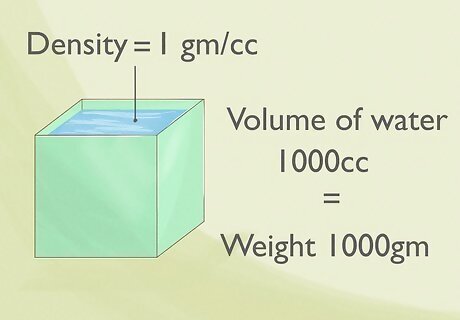
Use the formula mass equals density times volume. This requires you to know the density of the object. If the object is water, for example, you know it has a density of 1 gram (0.035 oz) per cubic centimetres. So for a volume of water of 1000 cc, the weight is 1000 grams.
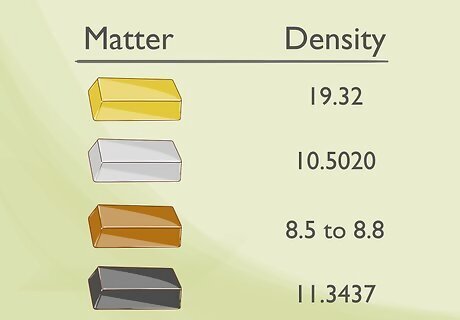
Know the density of different matters: Gold - 19.32 Lead - 11.3437 Silver - 10.5020 Copper - 8.5 to 8.8 Steel - 7.9 Iron - 7.4 to 7.7 Aluminium - 2.7 Limestone 2.6 to 2.8 Glass - 2.4 to 2.8 Brick - 1.4 to 2.2 Concrete - 2.2 to 2.5 Ice - 0.9 Wax - 0.9 Pinewood - 0.5 Mercury - 13.543 Seawater - 1.03 Water - 1.0 Petrol - 0.85
Finding the Weight Through the Force Exerted
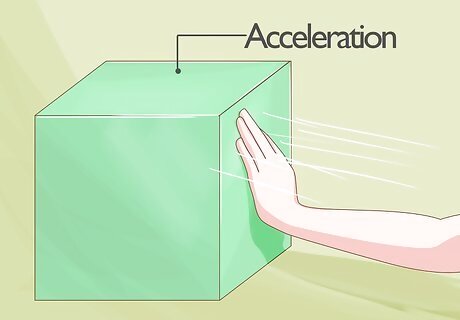
Figure out the object's acceleration.
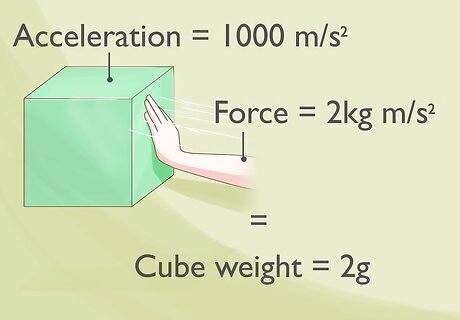
Figure out the mass through the force exerted. Do this by dividing the acceleration by the force exerted (by Newton's second law: force equals mass times acceleration). For example, if a cube has an acceleration of 1000 millimetres per second squared (always measure in millimetres) and the force exerted is 2 kilograms millimetres per second squared, then the cube must weigh 2 grams.
Finding the Weight with a Handmade Balance
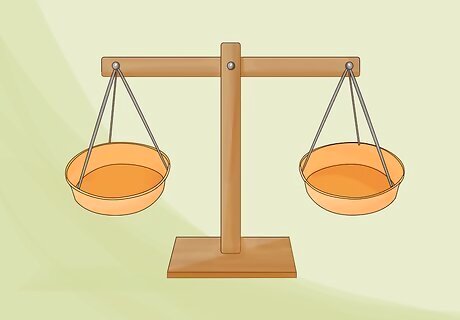
Balance a balance with lightweight, identical cups at both ends. This can be a ruler balanced on an object, or a string over something with little friction with cups tied at both ends.
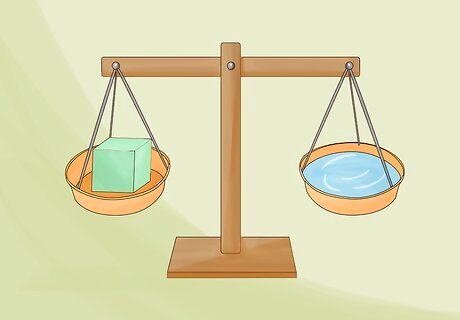
Place the object at one end, and fill the other cup with pure water until it balances with the object. If the object is too light to find the weight this way, you'll need to either decrease the friction at the pulley or at the fulcrum, or use lighter-weight materials for the balance and cups.
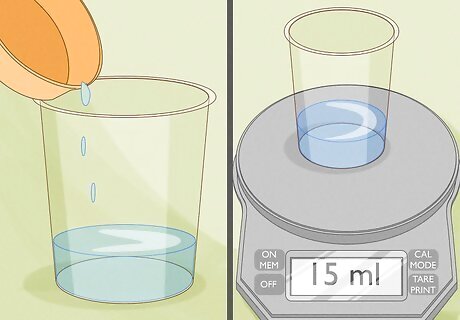
Measure the volume of the matching water, and convert to milliliters. The volume in milliliters is the same as the weight in grams.


















Comments
0 comment